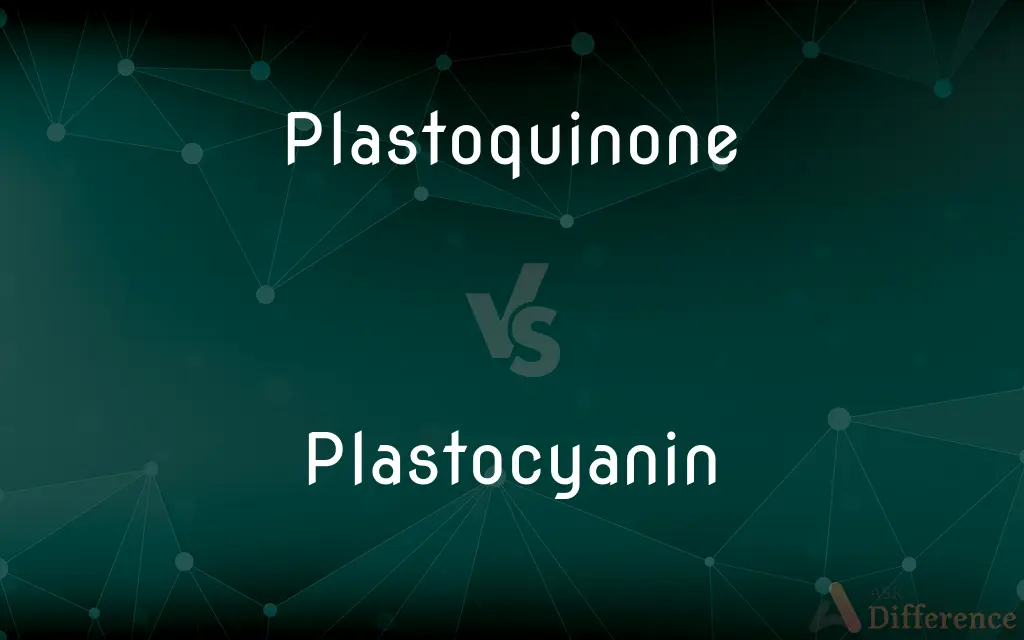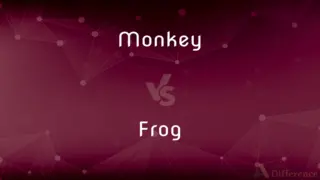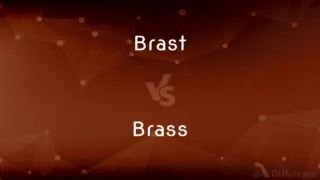Plastoquinone vs. Plastocyanin — What's the Difference?

Difference Between Plastoquinone and Plastocyanin
ADVERTISEMENT
Compare with Definitions
Plastoquinone
Plastoquinone (PQ) is an isoprenoid quinone molecule involved in the electron transport chain in the light-dependent reactions of photosynthesis. The most common form of plastoquinone, known as PQ-A or PQ-9, is a 2,3-dimethyl-1,4-benzoquinone molecule with a side chain of nine isoprenyl units.
Plastocyanin
Plastocyanin is a copper-containing protein that mediates electron-transfer. It is found in a variety of plants, where it participates in photosynthesis.
Plastoquinone
(biochemistry) a quinone, related to the carotenoids, involved in the electron transport process of photosynthesis
Plastocyanin
(protein) A important copper-containing protein, involved in electron transfer
Share Your Discovery

Previous Comparison
Monkey vs. Frog
Next Comparison
Brast vs. Brass













































